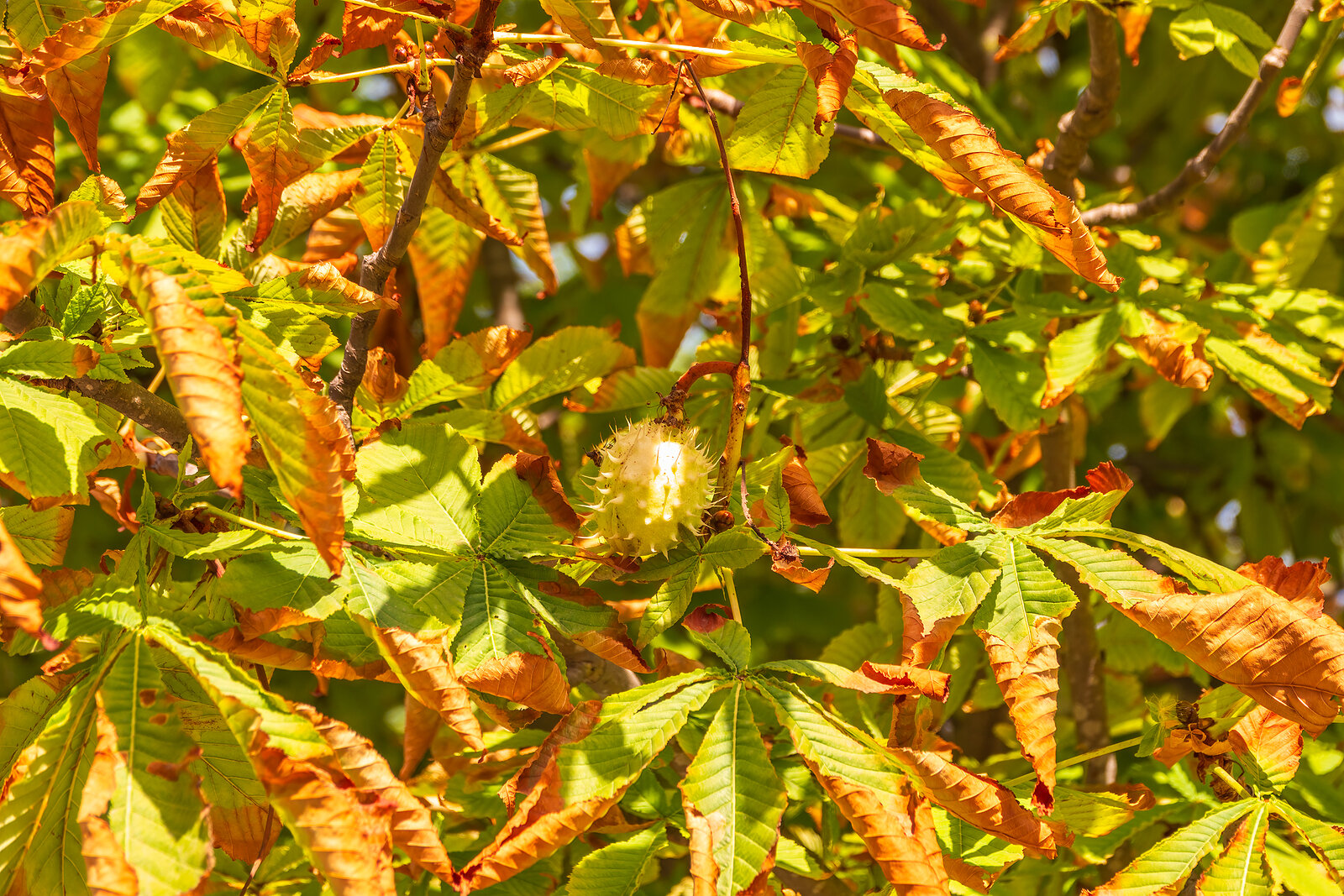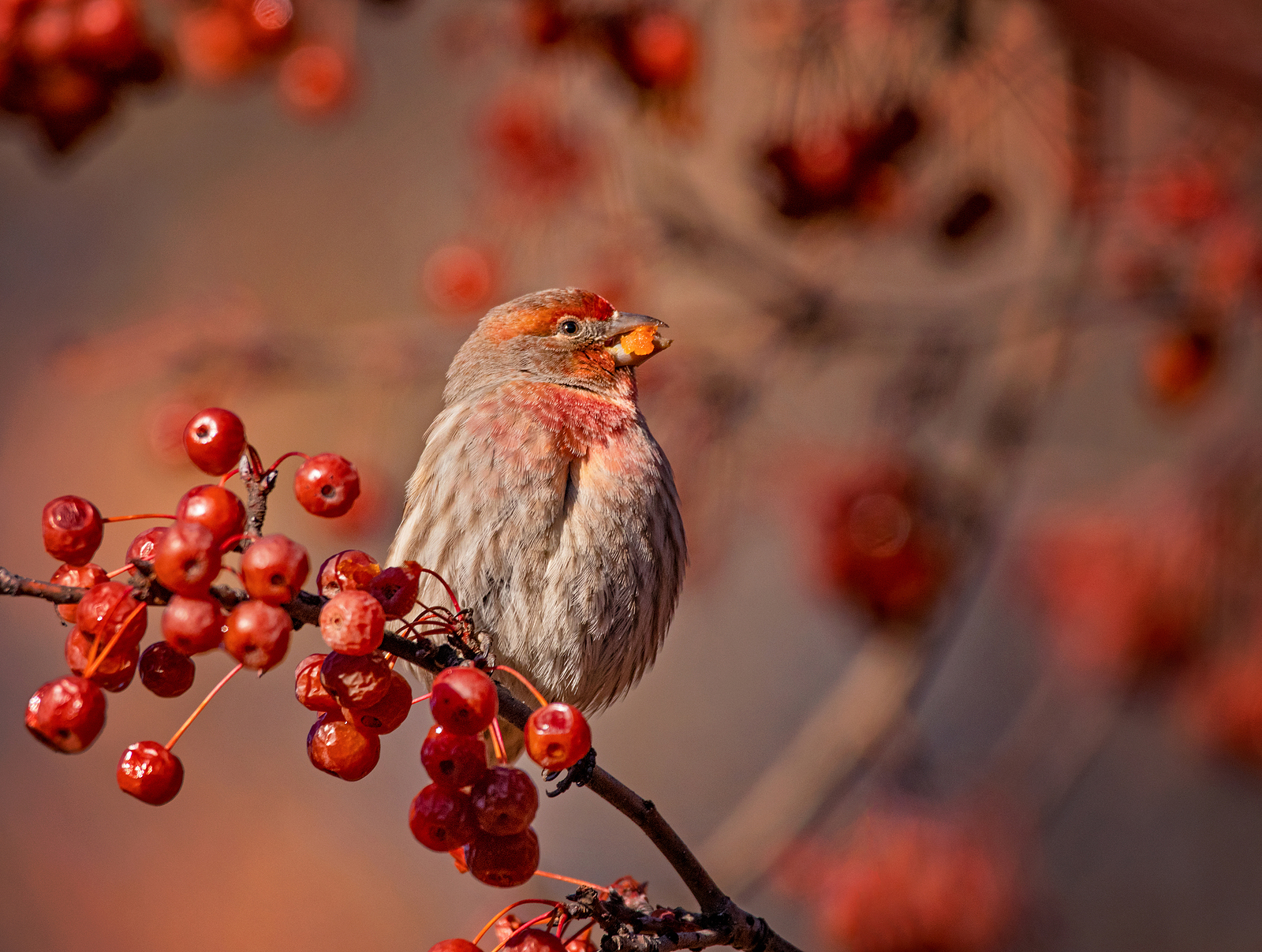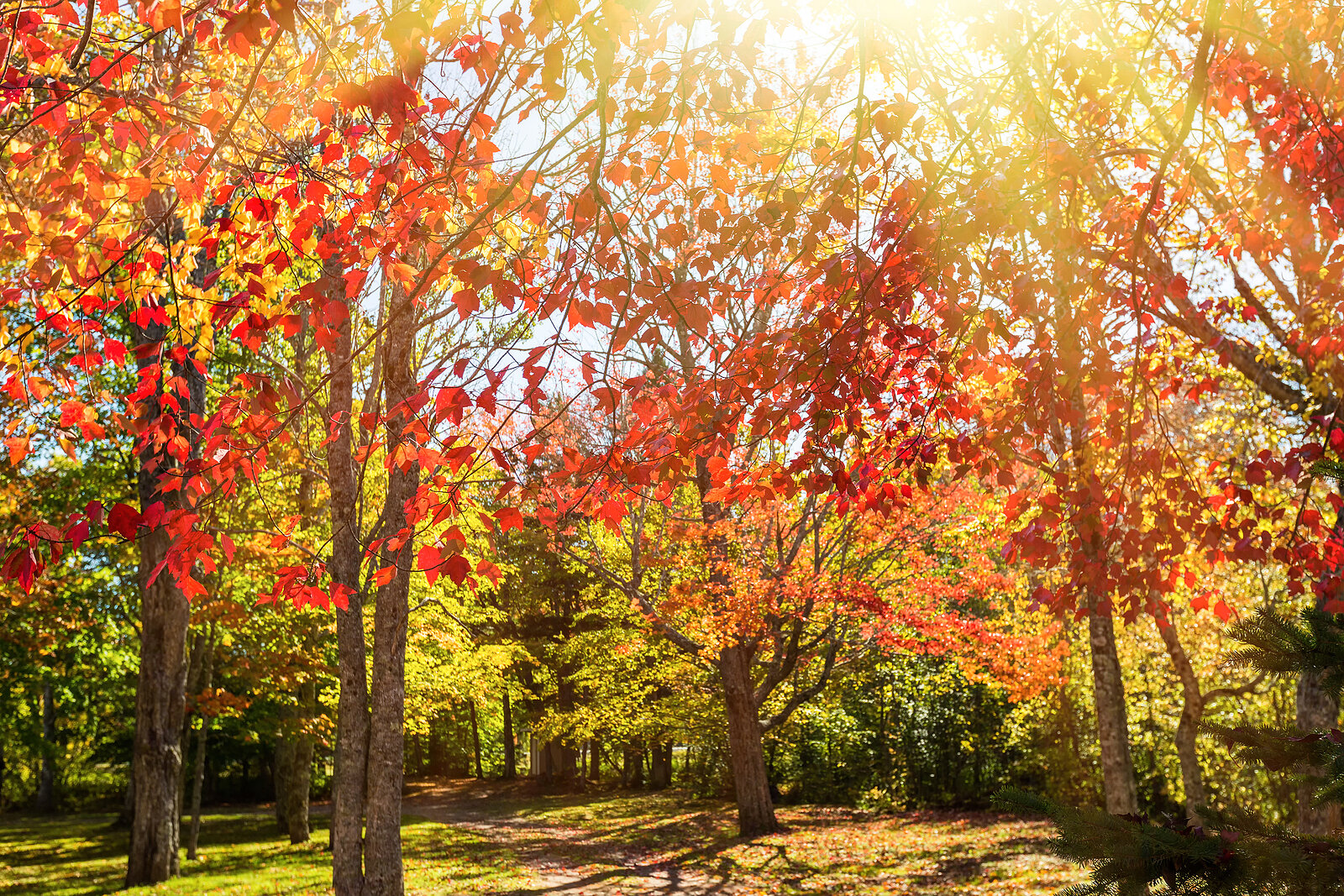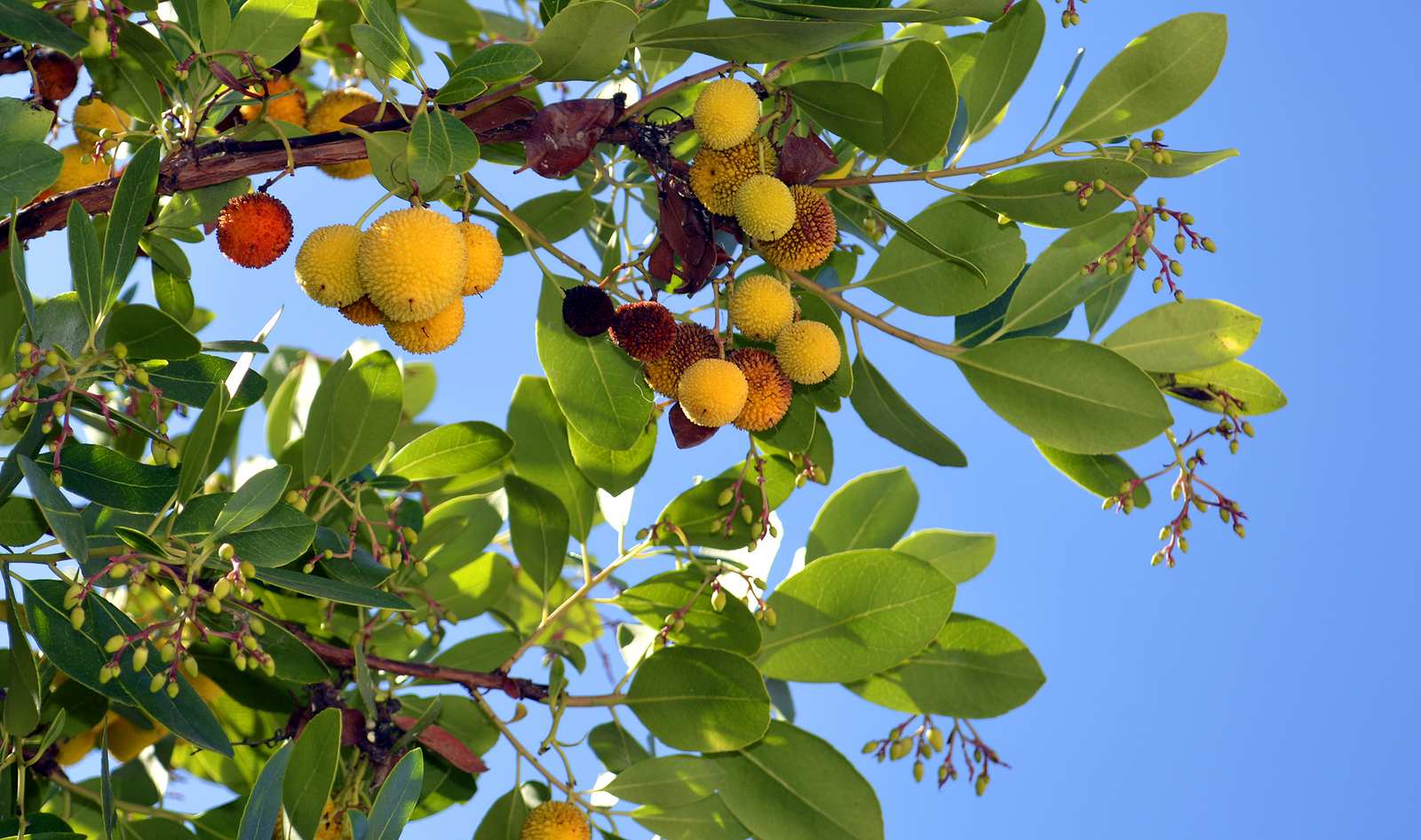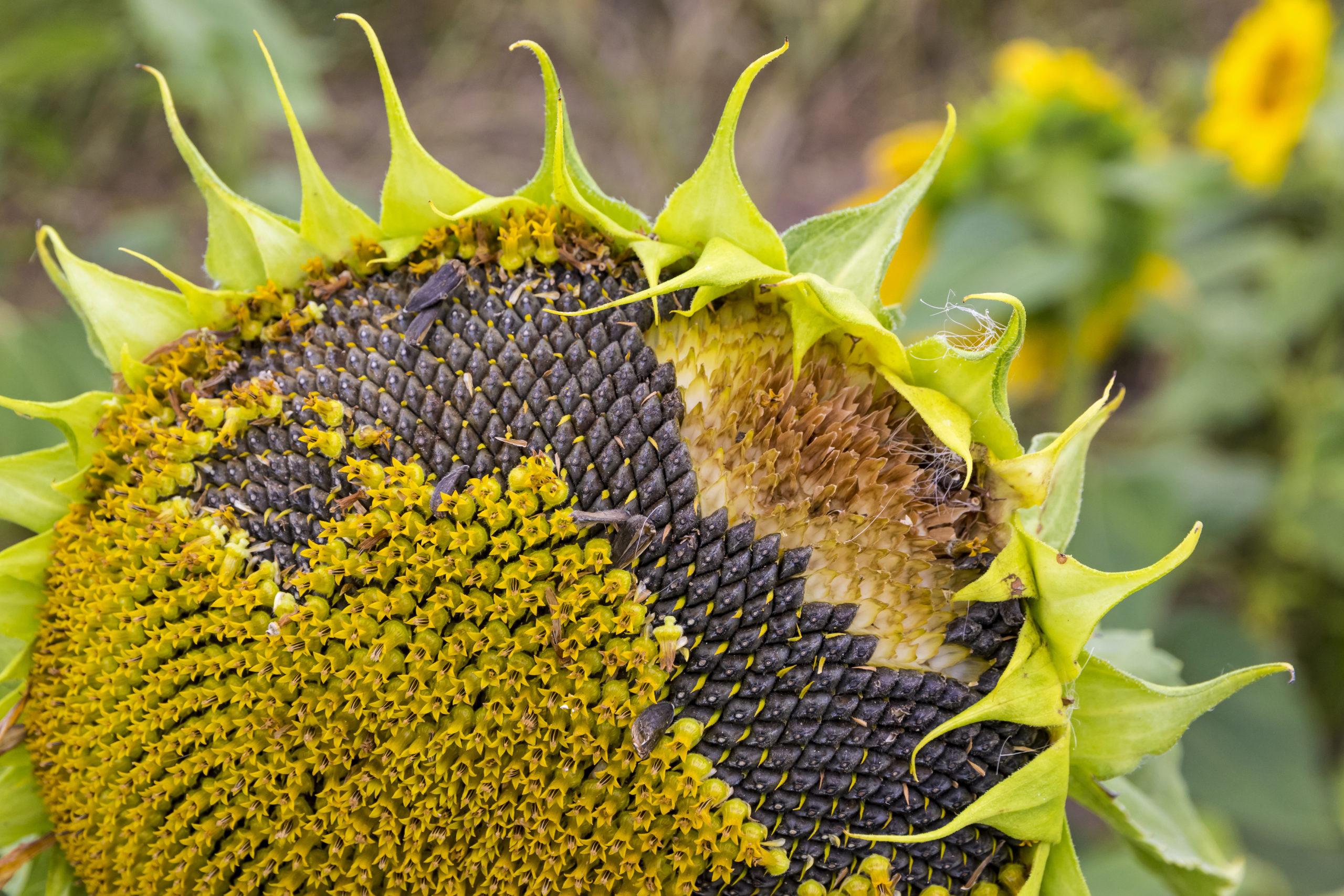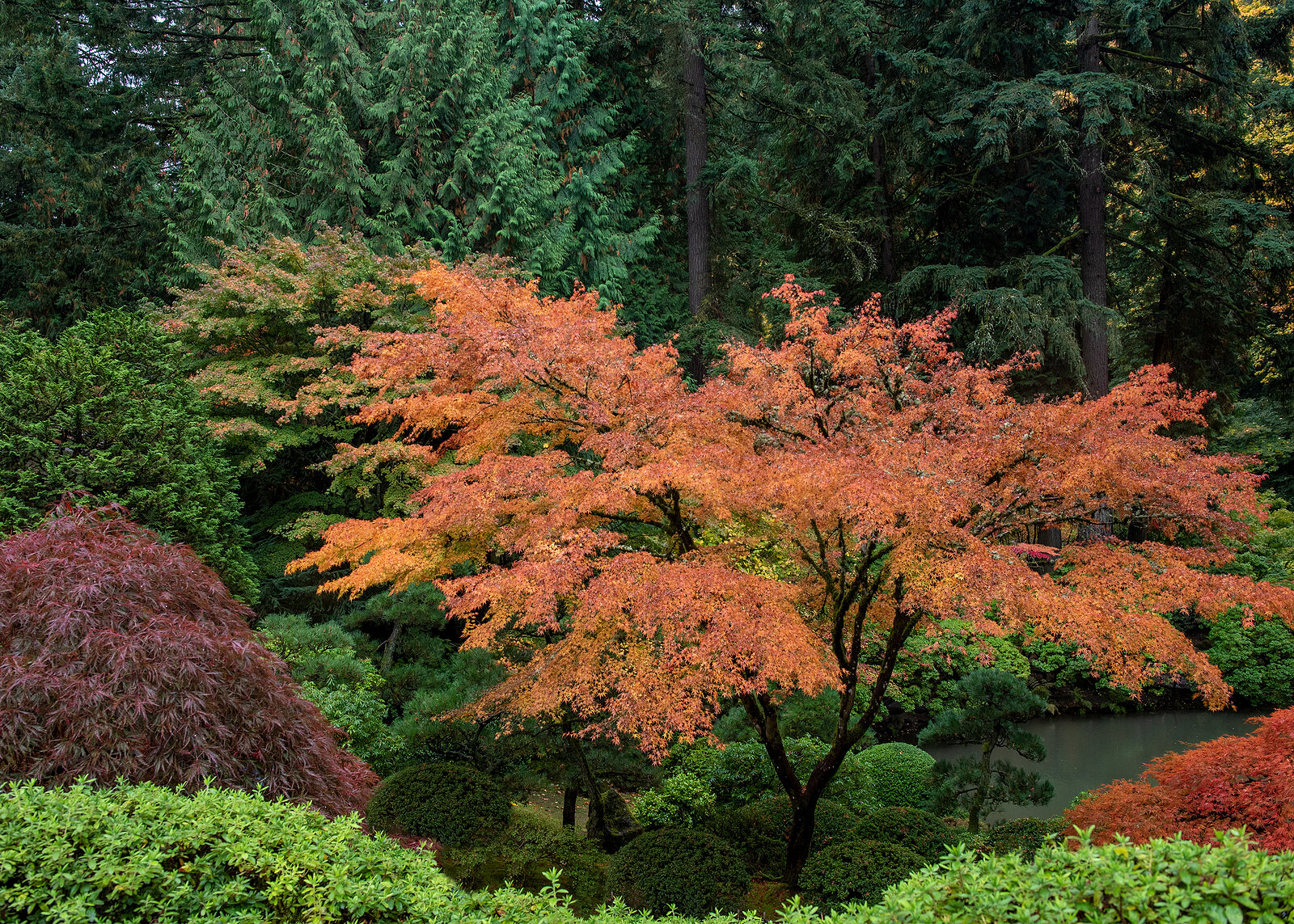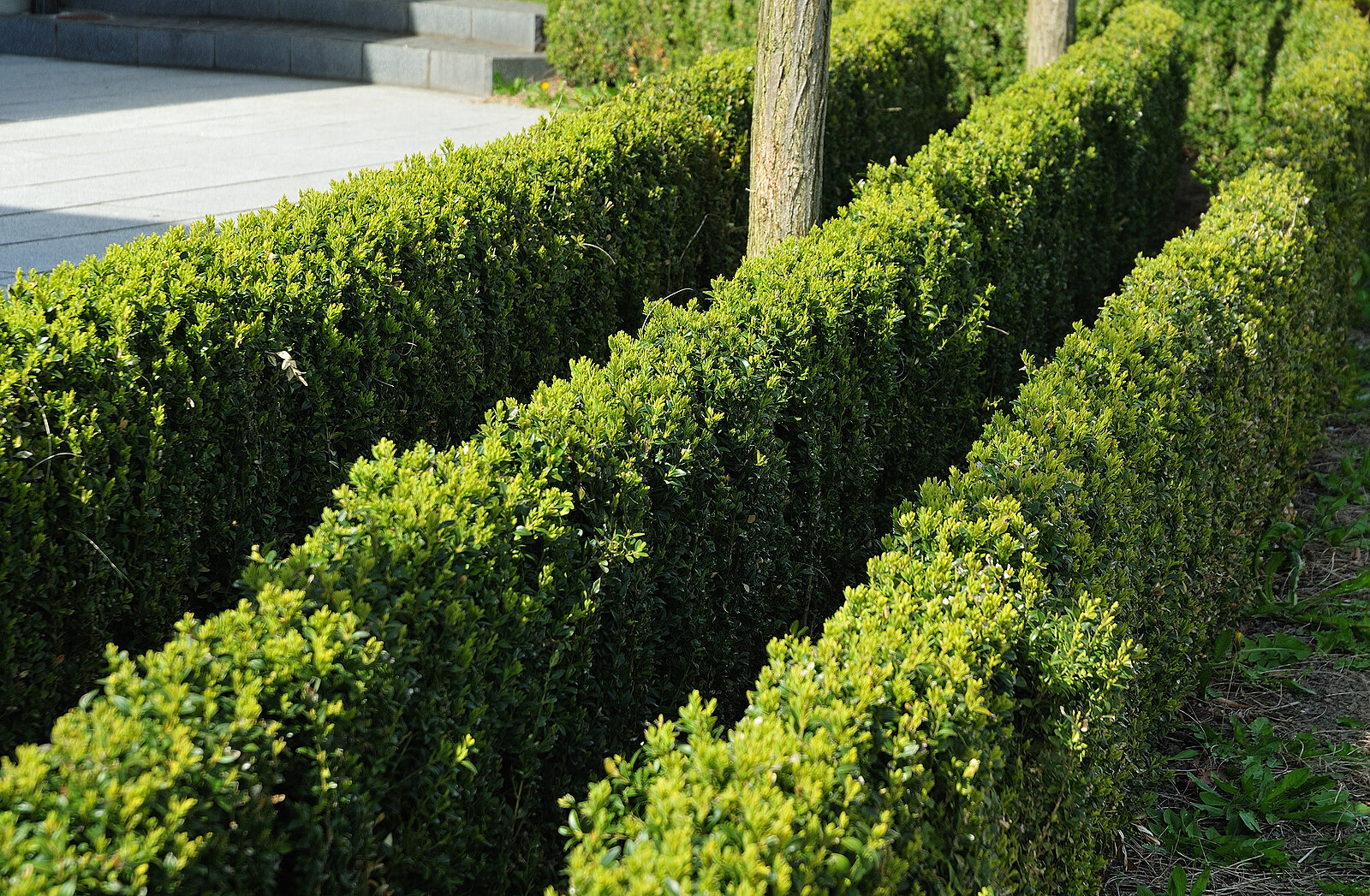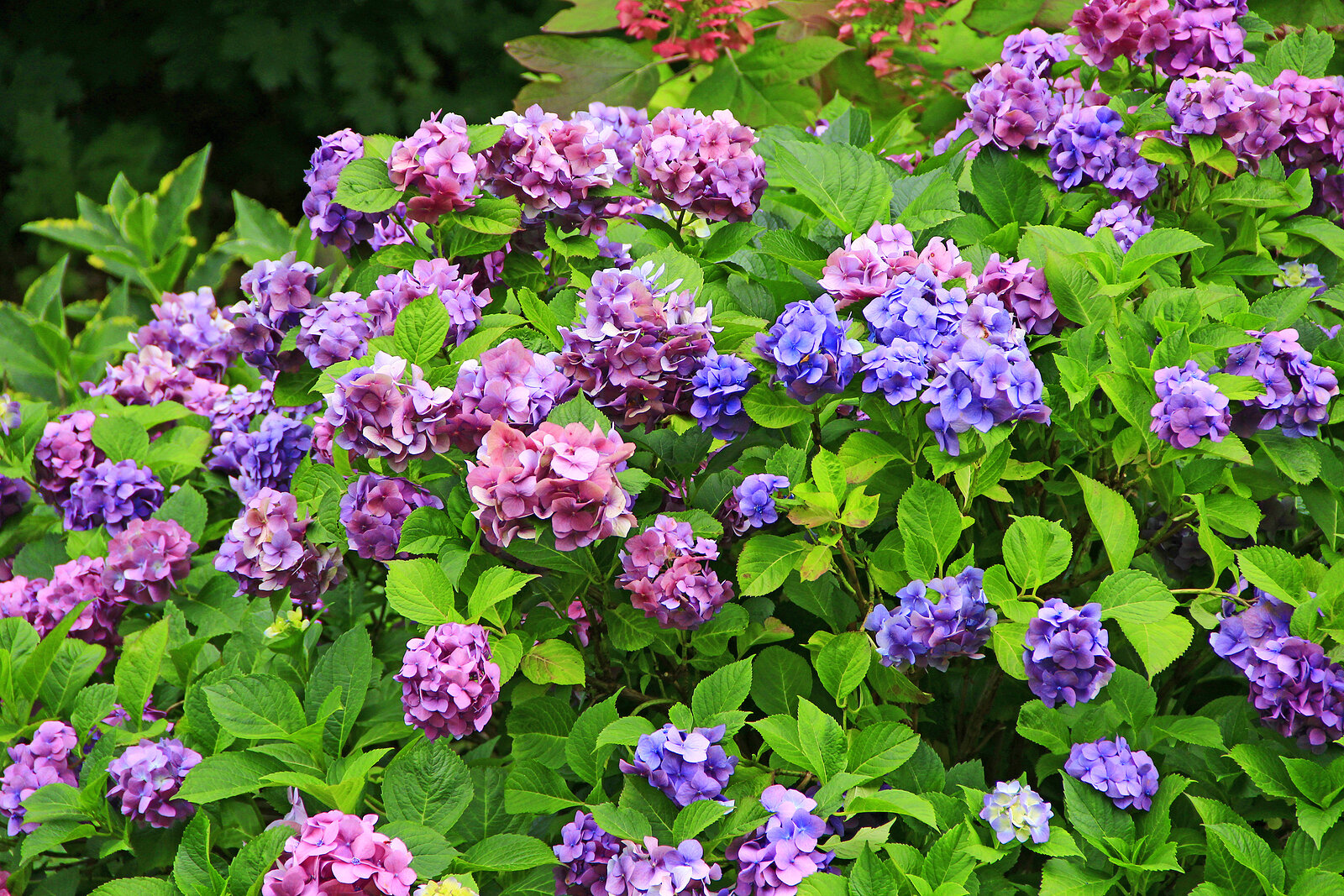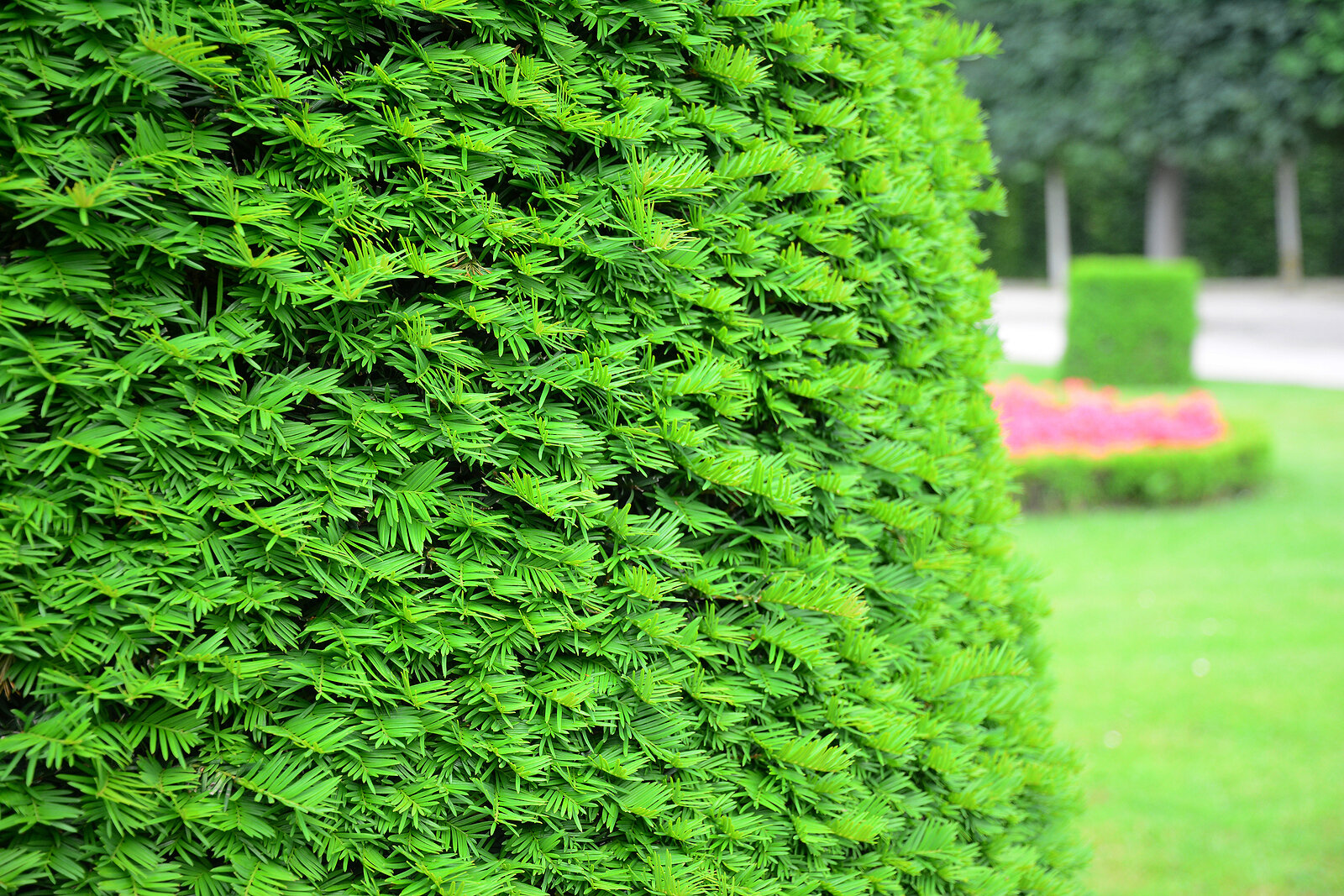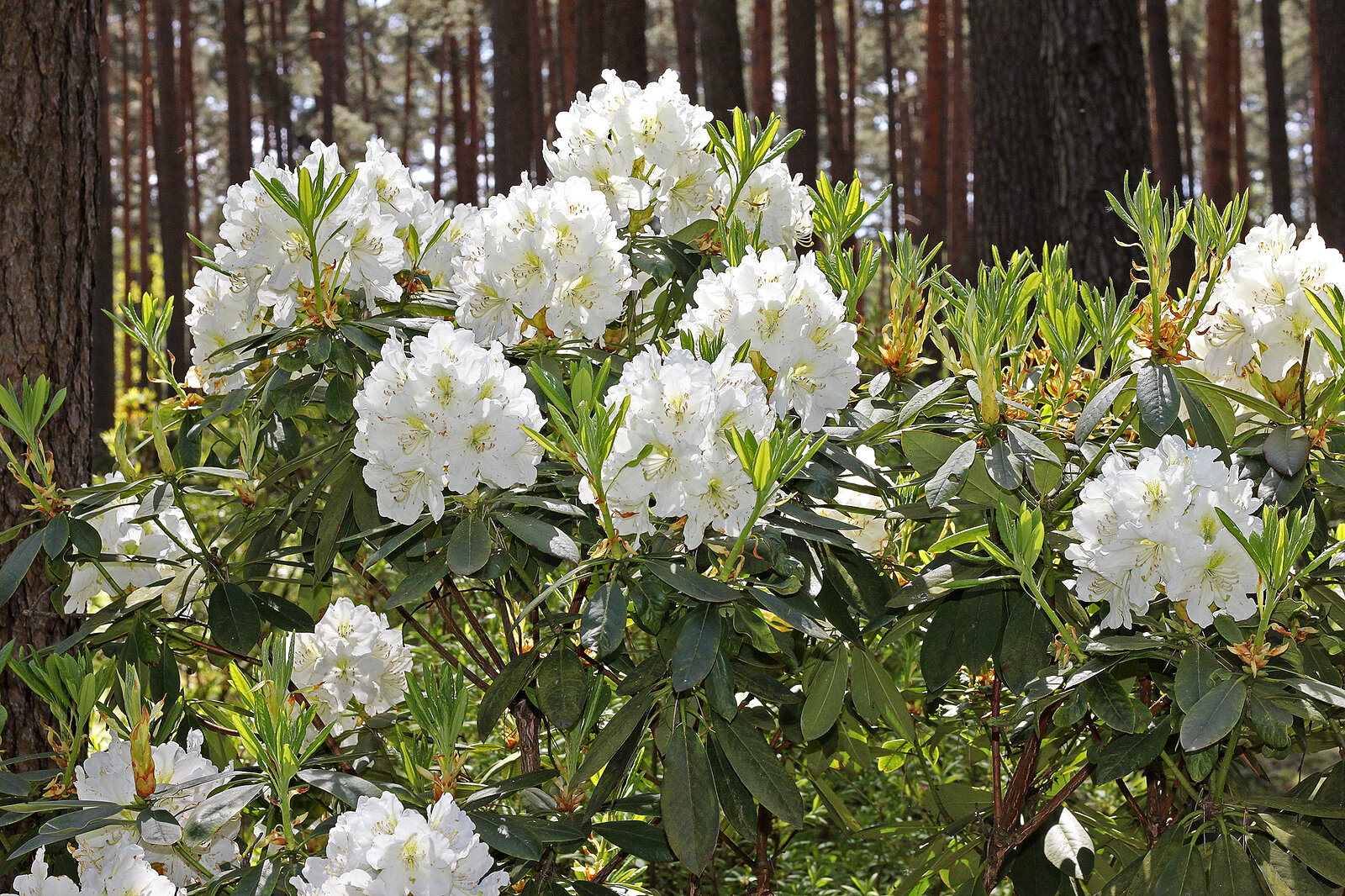Shrubs
Latest stories
More stories
-
45 Plants that Provide Food for Songbirds
Songbirds look to many annuals, perennials, shrubs, and trees as a natural source of food throughout the year. Nearly all plants that attract songbirds are equally attractive to humans for their colorful flowers, fruits, and leaves. A steady supply of seeds, nuts, and berries will bring a variety of birds to your yard. Set aside […] More
-
Colorful Autumn and Winter Foliage Plants
Many trees, shrubs, and perennials are grown especially for their autumn foliage color. Autumn is a time when many deciduous plants and a few evergreens make their presence known. Many people find the colors of autumn the loveliest of the year. Autumn plant color is part of the natural processes which begin with the shortening […] More
-
in Animals, Groundcovers, List, Shrubs, Trees
Deer-Resistant Trees, Shrubs, and Groundcovers
Deer-resistant trees, shrubs, and groundcovers are plants deer have shunned in many gardens. If deer are hungry enough, they will eat practically any kind of plant. But if deer are a problem in your garden, you may be able to discourage them–most of the time–with your plant choices. This list includes trees, shrubs, and groundcovers […] More
-
Plants That Attract Songbirds
Songbirds are attracted to the garden by plants that provide food–seeds, fruit, and nectar. Fruit-bearing shrubs attract songbirds. Seed and nectar-bearing flowers attract songbirds. Drifts of flowers are attractive to almost all birds because they are home to insects and spiders as well as nectar and seed. Shrubs, hedgerows, and trees are attractive to birds […] More
-
Drought-Tolerant Shrubs
Drought-tolerant shrubs are shrubs that can withstand dry weather once established. No landscape plant is drought-resistant until it becomes established in the site. Once a drought-tolerant shrub is established and has a deep root system, it requires less water. All plants require a steady supply of moisture when first planted. Most shrubs require a year […] More
-
Shrubs and Trees That Withstand Shade
Growing trees and shrubs in shade can be a challenge if you choose plants that prefer sunny conditions. If you choose plants that are adapted to shady conditions, shade gardening is quite enjoyable and barely any work at all. There are many shrubs and trees that prefer shade. They are understory plants that like the […] More
-
Shrubs for Hedges
A hedge is a continuous and close planting of shrubs, and occasionally trees, along a boundary to protect and enclose a garden or property. A hedge can also be a division line within the garden to set one portion apart from another. The term hedge does not necessarily imply a rigidly pruned and restrained growth, […] More
-
Shrubs for Foundation Plantings
Foundation plantings are well-chosen plants that frame a building and tie it to the site and make it appear an intrinsic part of its environment. Foundation plantings are almost always shrubs that remain in the landscape for years. Most often, shrubs that are evergreen are chosen for foundation plantings. Shrubs that do not lose their […] More
-
Shrubs for Clay Soil
Shrubs that can tolerate clay soil are one solution to growing plants in heavy, less than perfect soil. Clay soils commonly have plenty of nutrients but problems from poor aeration and slow drainage. Clays soil particles are flat and dense, not ideal for plant growth. Such soils are described as heavy. Limited aeration and slow […] More
-
in Shrubs
How to Prune a Hedge
Once a hedge is established, regular pruning and maintenance must follow to keep the growth dense and healthy. The frequency, timing, and degree of pruning depends on the style of the hedge and hedge plants chosen. Hedges are usually described as formal or informal, depending on how they are pruned Pruning formal hedges Formal hedges […] More
-
in Shrubs
How to Prune Evergreen Plants
Evergreen shrubs and trees usually require little other pruning beyond the removal of dead, diseased, or injured branches unless they are being trained or shaped. That means evergreens can be lightly pruned to enhance their natural form or they can be heavily pruned to an unnatural form—usually to the form of a hedge or topiary. […] More
-
in Shrubs
How to Prune Shrubs
Most shrubs have a naturally lovely shape; they can be ruined by over-pruning. As a general rule: shrubs look best if left natural looking. Prune shrubs to enhance their natural shape and to encourage healthy growth. Correctly pruned, a shrub will look as if it had not been pruned at all. Shrubs like trees are […] More


